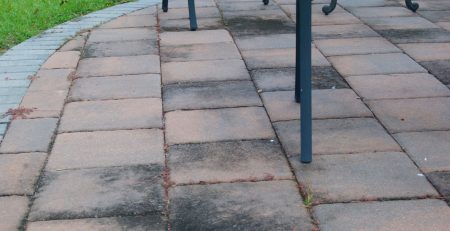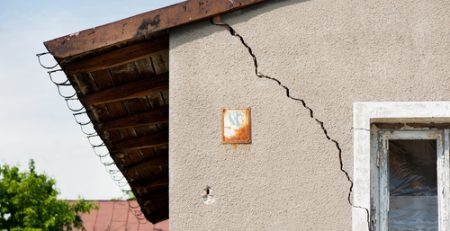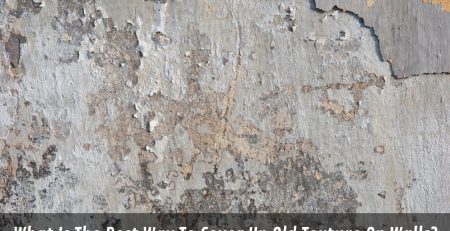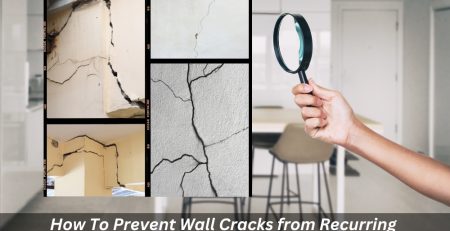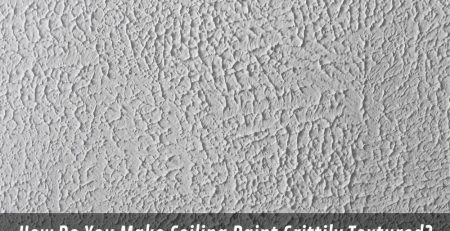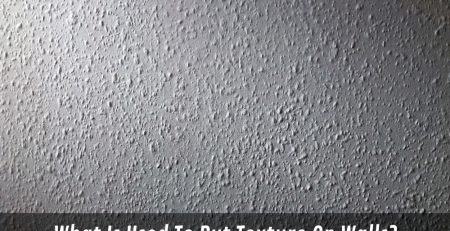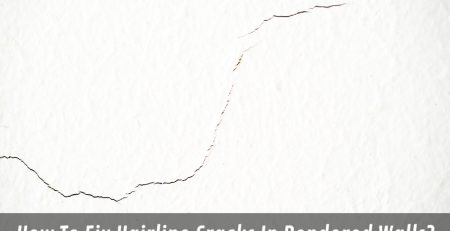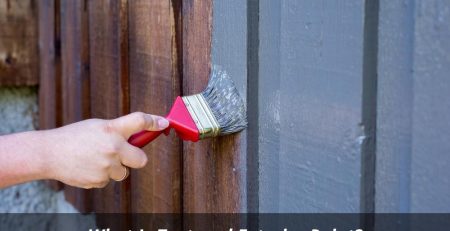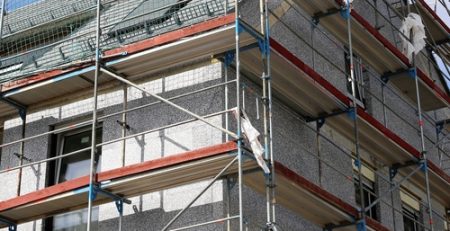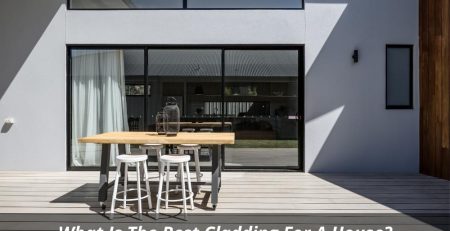What Is The Purpose Of External Cladding?
You may have noticed external wall claddings on buildings, but have you ever wondered what purpose it serves? Is it just for aesthetics or does it have a more functional purpose?
Exterior wall cladding is a popular construction technique used in many modern buildings. It involves attaching an additional layer of material to the outside of a building’s structure, often for insulation or waterproofing purposes. However, with recent news of cladding-related fires, the purpose and safety of external cladding have come under scrutiny.
In this article, we will discuss the purpose of external cladding and how it can benefit a building, while also considering the potential risks and safety concerns associated with certain types of cladding. Whether you are a building owner, architect, or simply curious about construction techniques, understanding the purpose of external cladding can help you make informed decisions about building design and safety.
What is external wall cladding?
External wall cladding is a type of material used to cover the outside walls of a building. It adds an extra layer of protection and insulation to the exterior walls, making them more durable and energy efficient. Cladding can be made from a wide range of materials, including timber weatherboards, aluminium composite panels (ACP), plywood sheeting or other composite materials. Different types of cladding offer different levels of insulation, fire resistance and waterproofing properties.
What are the benefits of wall cladding?
External wall claddings provide several key benefits that make them an attractive choice for many buildings.
- Firstly, they protect buildings from the elements by providing a waterproof barrier between the outside environment and the building’s structure.
- Secondly, they provide good thermal insulation by keeping cold air out during winter and warm air inside during summer.
- Thirdly, they can also offer good fire resistance, depending on the type of material used.
- In addition, external wall claddings can be made up of a wide range of materials that suit any aesthetic. They are also easy to install and maintain, making them a cost-effective solution for many projects.
What are the different types of external wall claddings?
External wall cladding can be used for a variety of purposes. It is typically made up of materials such as wood, metal, composite, or vinyl. Each type has its own advantages and disadvantages that must be considered when selecting the best option for a particular project.
- Wood cladding is the most traditional form and adds a natural look to any building. It is relatively easy to install but requires regular maintenance. Plywood sheeting is another popular option due to its durability and affordability. However, it is not fire-resistant so should not be used in areas at risk from fires.
- Metal cladding offers excellent protection from the elements and also provides good insulation properties. Aluminium composite and composite cladding panels are two of the most popular metal cladding materials, as they are lightweight, durable, and easy to maintain.
- Timber clad is another popular option due to its natural beauty and ability to provide good insulation. However, it can be expensive and require regular treatments to prevent rot or insect damage.
- Finally, vinyl cladding is a great choice for those looking for an affordable and low-maintenance solution. It is available in a range of colours and textures that can add visual appeal to any building.
What factors should you consider when choosing exterior wall claddings?
When selecting the best external wall cladding for a building, there are several factors to consider.
- Firstly, it is important to think about the climate in which the building is situated. As some materials may not be suitable for certain weather conditions.
- It is also important to consider the fire resistance of any material you choose. Timber-clad and vinyl cladding may not provide adequate protection from fires.
- Additionally, it is essential to look at the cost of installation and maintenance before making a decision. Although composite materials tend to be more expensive initially, they are usually low-maintenance and can last longer than other types of cladding.
- Finally, consider how much noise insulation you need. Metal and composite materials offer good soundproofing properties but the wood tends to be less effective.
What is the maintenance and durability like for external cladding?
The maintenance and durability of external cladding depend on the type of material used. For example, timber clad needs regular treatments to keep it looking its best, while aluminium composite and composite panels are relatively low-maintenance but may require occasional cleaning. Vinyl cladding is also low-maintenance, but it can easily be damaged by extreme temperatures.
In general, external cladding should be inspected regularly to check for any signs of damage or wear and tear. Additionally, it’s important to ensure that the chosen material is suitable for the climate in which the building is located as not all materials provide adequate protection from the elements. It’s also a good idea to choose a core material with good fire-resistance properties if possible.
In summary, external wall claddings are an excellent choice for many projects due to their range of materials, affordability and easy maintenance. They provide protection from the elements, good thermal insulation, and fire resistance depending on the type of material used. Before selecting a cladding solution, it’s important to consider factors such as climate, cost of installation and maintenance, fire resistance, and noise insulation. The maintenance and durability of external cladding will depend on the type of material chosen. While some materials require regular treatments or cleaning, others may be relatively low-maintenance. With a wide range of exterior house cladding options available to choose from, there is sure to be something that suits your building’s needs and aesthetic perfectly.
Contact Jims Rendering Sydney today for all your rendering needs. Our team is fully qualified and experienced in providing high-quality exterior and interior modern cladding solutions. We offer cladding system solutions to both residential and commercial clients in Sydney, ensuring that your building’s exterior is protected and looks great for years to come.


